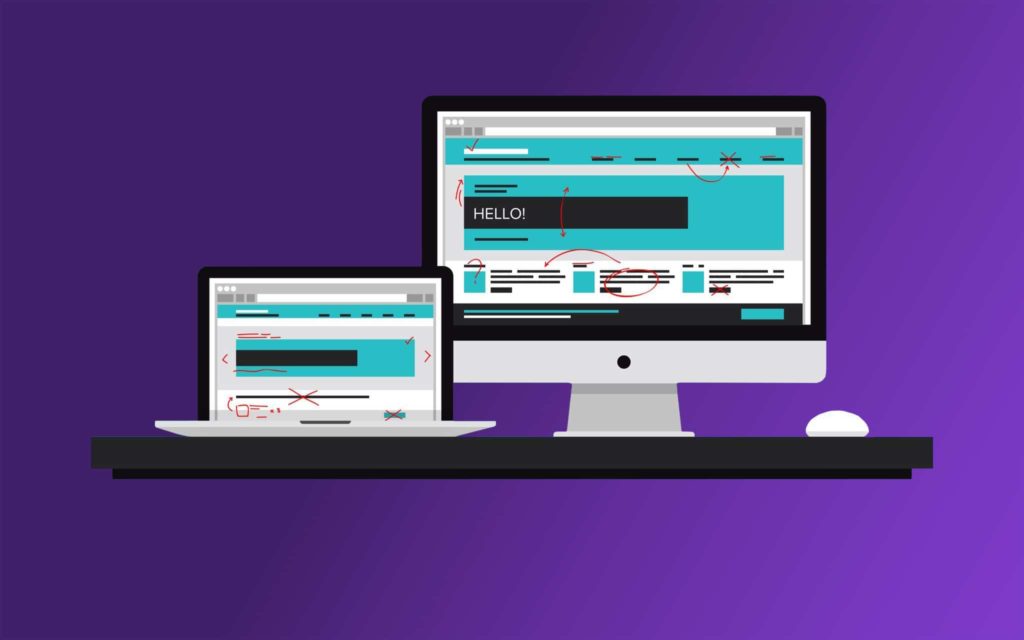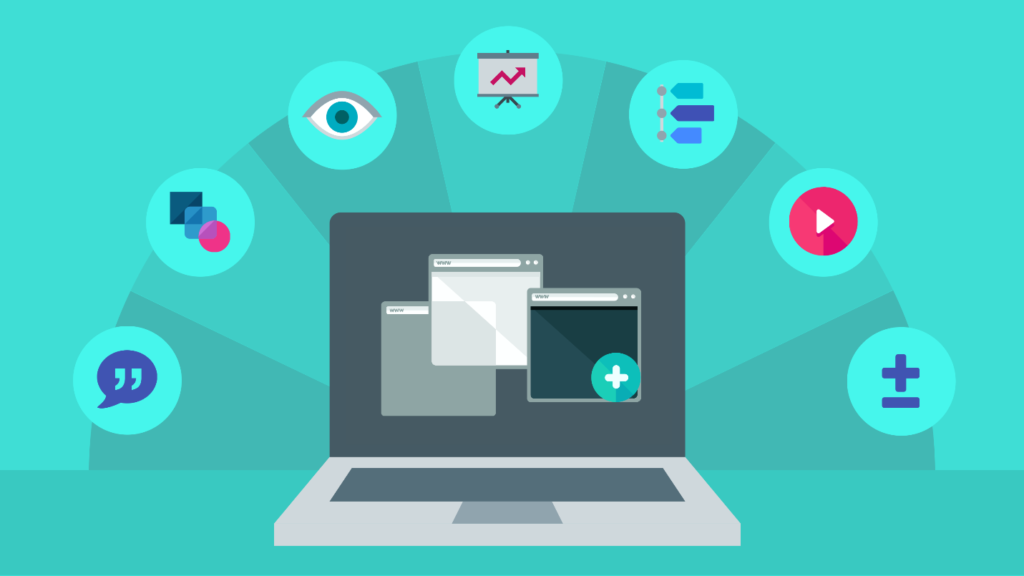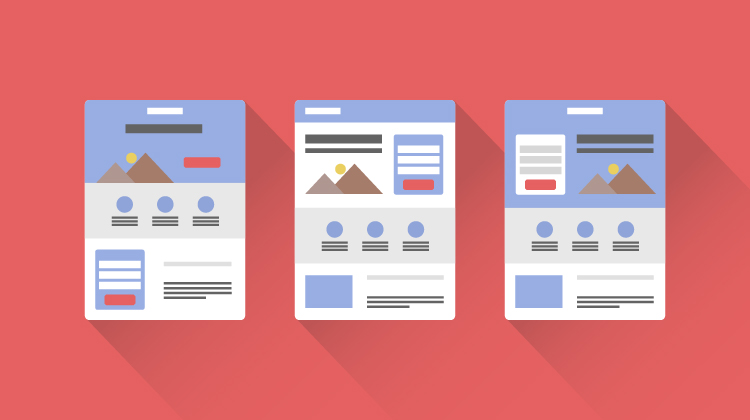Are you building a sales funnel? Given its importance in digital marketing, every stage of these funnels should be carefully executed to aim for a positive outcome.
Landing pages are a key element of sales funnels, present in each stage for the purpose of making visitors aware of one’s business, triggering their interest, affecting their decisions, and encouraging them to take action.
The role of these sites is to take prospects to the homepages of entrepreneurs by providing basic information about their businesses or making favorable offers to potential customers. They are available in numerous types, designed with the assistance of special platforms, which enable users to customize them in a variety of ways.
Learn more about the different types of landing pages, as well as some useful tips about using Leadpages.
What is a landing page?
Landing pages are an integral aspect of online marketing, whose role is to encourage visitors to reach the sales funnel’s bottom. These webpages are dissimilar from homepages, as people land on them after clicking on an advertisement or an email sent by a particular vendor. Their purpose is to convert leads into becoming customers by stimulating users to take a specific action. Go to this URL to learn more about the types, features, and optimization of landing pages.
In addition, these webpages should provide a limited number of options to potential customers, not more than two. Most of them offer free e-books, instructional videos, as well as invitations for visitors to check out one’s blog or social media channels. Your role is to choose the option your target audience will find most appealing, as offering a myriad of options would only confuse prospects. Keep in mind that you can have more than one landing webpage, which is crucial for appealing to different customer groups.
Types of landing pages
Many entrepreneurs fail to understand the difference in importance between a landing page and a homepage, considering the latter to be more crucial for e-commerce success. Anyhow, both of them are equally significant when it comes to customer attraction and traffic generation, but each of them is specific in its function. For instance, the former is always focused, whereas the latter is general.
Moreover, the role of landing pages is to lead users to another site of interest by providing specific instructions to visitors. In contrast, homepages introduce the assortment of products and services to potential consumers, encouraging them to navigate the site.
Lead-generation landing pages, as the name implies, are designed to gather leads through data collection. These are essential in the interest stage of a sales funnel when visitors assess your offers in order to decide whether to visit your homepage or not. Lead-generation sites provide rewards to users in return for valuable information. Depending on the reward you offer, visitors will estimate whether it’s worth sharing personal details in the form of their email address. The following link, https://www.wikihow.com/Find-Sales-Leads, includes some practical tips about finding sales leads.
Click-through landing pages, on the other hand, take the role of an intermediary between an ad and the site that customers are supposed to reach. These sites persuade visitors to take action by providing testimonials and product details to capture their attention.
Furthermore, squeeze webpages are similar to the lead-generation sites, as these are also designed for data collection. However, the former are mainly used in the initial stage of a sales funnel for the purpose of collecting email addresses. Consequently, squeeze webpages include nothing but minimal content and prominent headlines, as well as a link to take the visitor to the following stage. Naturally, these sites are also supposed to contain an exit option in case the user shows no interest in the offer.
Sales pages are more challenging to design in comparison with the above-mentioned types of websites, as these are supposed to persuade users to make a purchase. They are used in the decision stage of a sales funnel, which is the penultimate step of the buying journey. In order to design such a site, entrepreneurs are expected to know the exact interests of their target audience. As a result, they’ll be less likely to oversell or undersell their products or services.
Splash pages are undoubtedly one of the most prominent types of landing webpages, as these can be used in any stage of a sales funnel. Splash sites feature a simple design, containing no more than a few images and a short announcement or request. Make sure you read some online landing page builder reviews, such as Leadpages review, to assist you in selecting the right marketing tool for building such sites. Although splash pages are perhaps the easiest to design, their role in providing basic information to visitors is essential in the buying journey.
Ultimately, viral landing webpages are mainly used in the inceptive sales funnel’s stage, called the awareness stage. The content posted on these sites is supposed to be informative and engaging in order to stimulate users to visit the featured link or share it through social media.
How to use Leadpages?
Most landing page builders are equipped with user-friendly software and a multitude of useful features to facilitate the customization process. The first step of using such software is choosing from the large number of ready-made templates, which you can customize to your preferences.
You’d also be provided with an alternative to creating a template from scratch, but this option is considered much more time-consuming for beginners. Keep in mind that the choice of free templates is rather extensive, allowing you to make changes in terms of style, font, background images, etc.
Additionally, when using such a platform, you are advised to check out the webinar integration option. It enables users to create a webinar and allow registrants to choose a specific time for attendance. The registration code should be sent to their email addresses or in the form of a text for those who lack an email address.
Moreover, these software systems provide users with the opportunity to optimize their landing pages in order to be mobile-friendly. It’s paramount for the design to be responsive and compatible with mobile gadgets. Read more about the importance of responsive mobile design.
Another option that you can explore when using a landing page builder like Leadpages is page tracking. This feature is incredibly useful for setting up your SEO preferences, which are crucial for successful online marketing. These platforms do not require any coding and programming skills on the part of users. You’ll be provided with access to numerous widgets that enable you to insert different features. These widgets along with the sidebar, are necessary for the customization process of landing webpages, thus requiring careful exploration.
In terms of price, most of these platforms are available in a standard, pro, and advanced plans. Beginners are advised to opt for a standard plan until they learn the basics, while more experienced users should select either a pro or an advanced package. Almost all programs provide a free trial period for users to test them before making a purchase.
Final word
Landing webpages are indispensable in the field of digital marketing.
Make sure you design them properly!



You can also stay updated by subscribing to iTechCode.